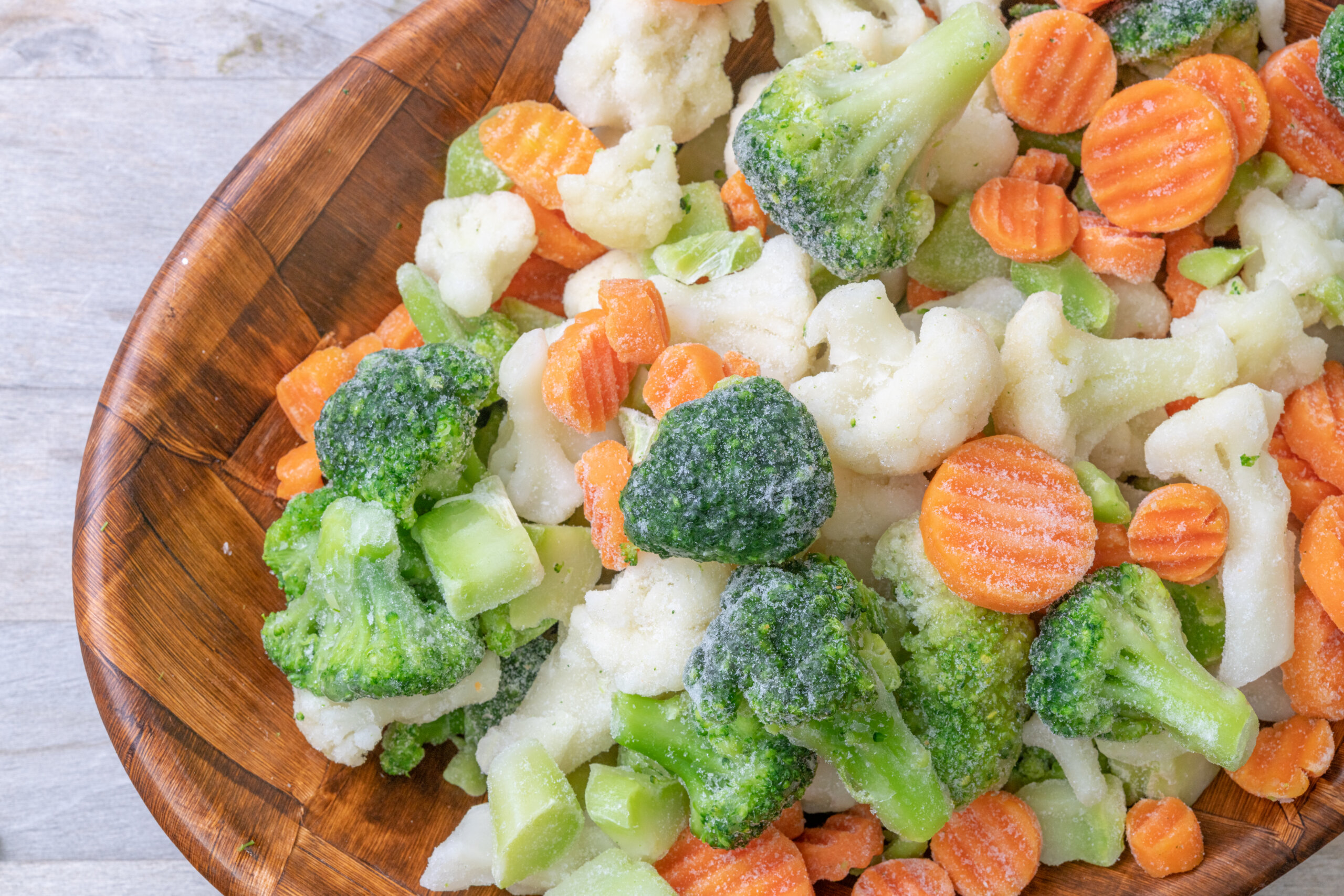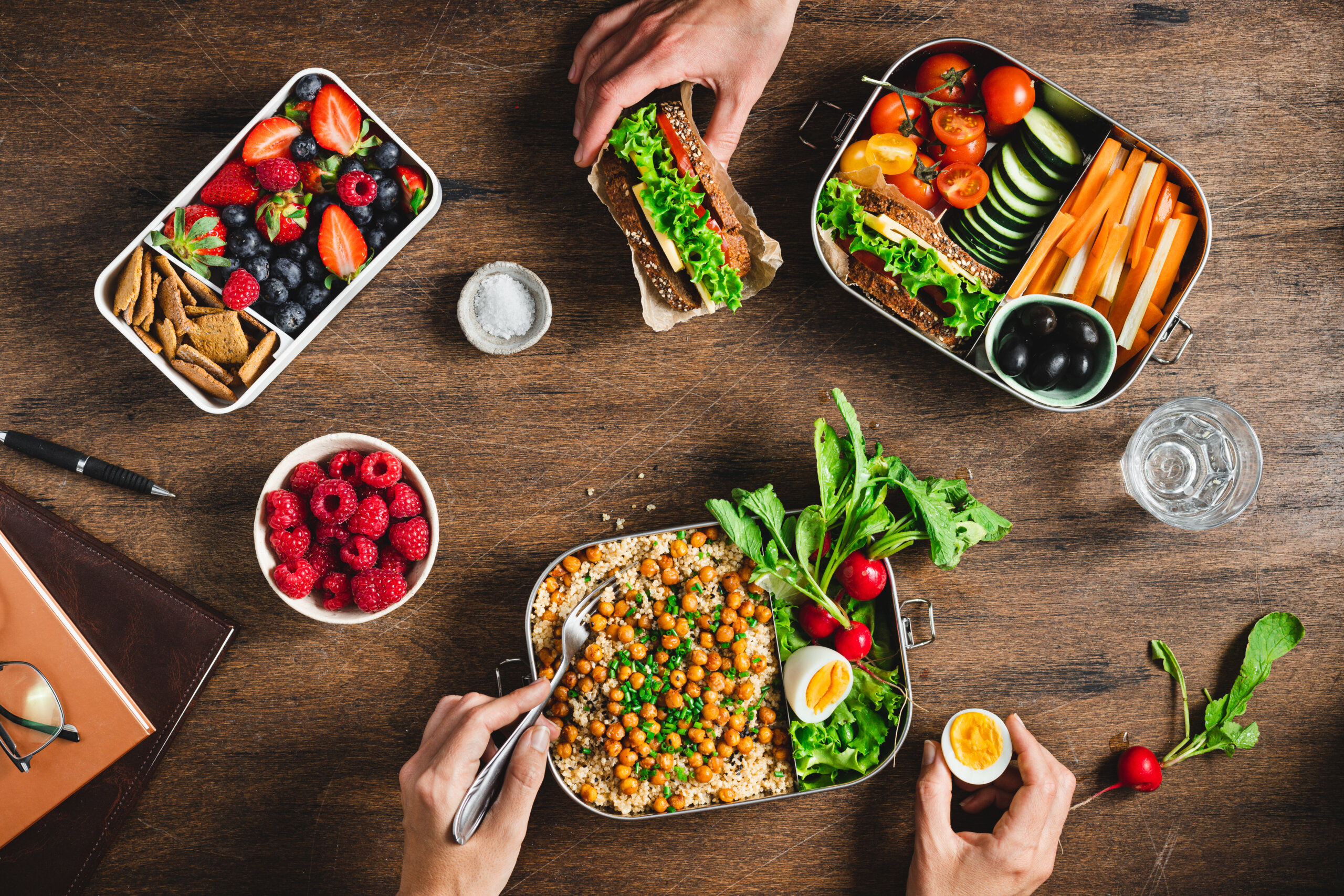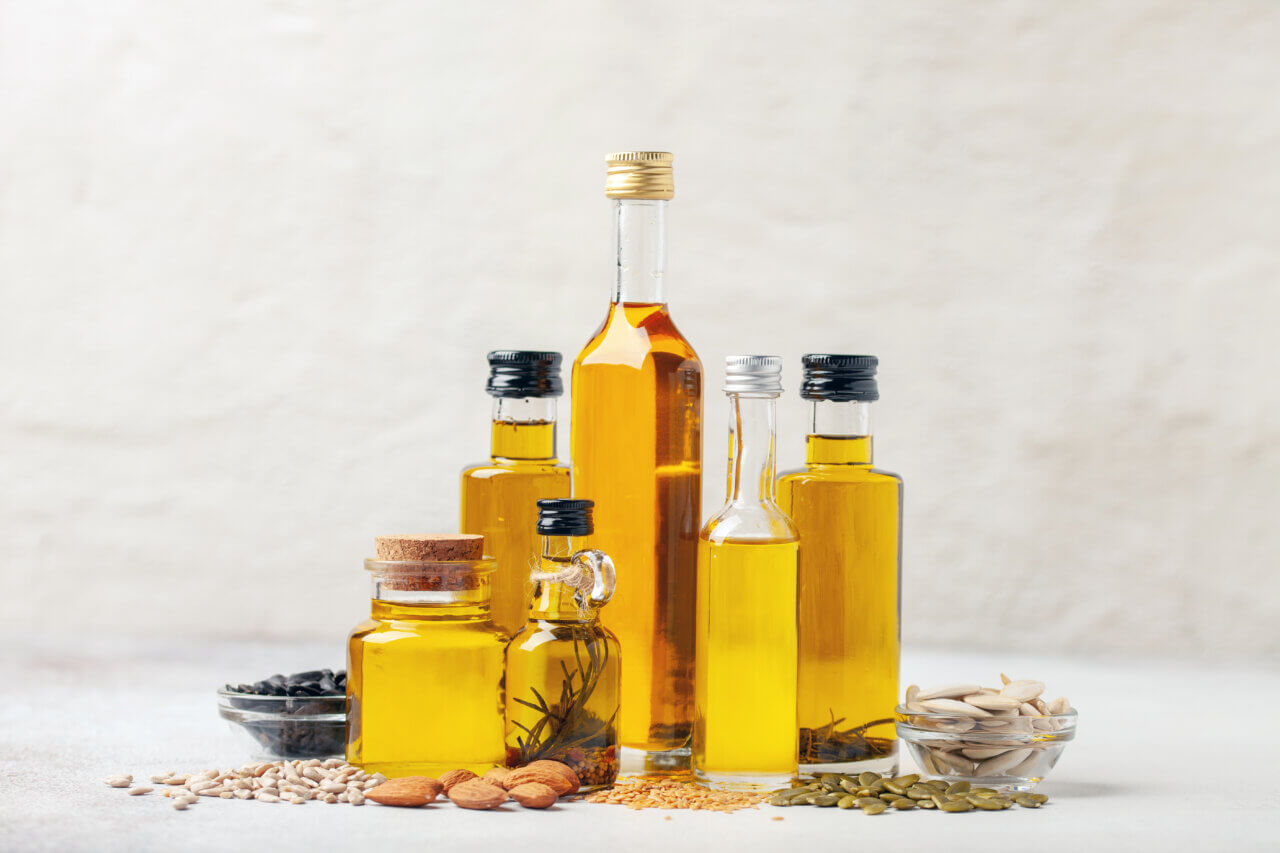Food Preservation Methods: Which Is Better Nutritionally?

Clinically reviewed by Kathleen Stanley, CDCES, RDN.
With the demands of busy lives and the challenges of keeping a kitchen stocked with fresh ingredients, sometimes the most convenient option is for people to consume preserved foods as part of their daily diet.
Consequently, it’s vital to understand what food preservation methods are used and how they affect food’s nutritional value and other qualities.
Food Preservation and Vitamins
One of the factors in food preservation and nutrition is the stability of different vitamins. Specifically, there are water-soluble and fat-soluble vitamins.
Water-soluble vitamins dissolve in water. They are less stable and more affected by processing and include folate, thiamine, and vitamin C. Fat-soluble vitamins dissolve in fat. They’re more stable and include water, vitamin A, D, E, and K. Fat-soluble vitamins are less effected by cooking and preserving.
Types of Food Preservation and How They Affect Nutrition
There are several methods for preserving foods. You can perform them yourself at home, but a food manufacturer often does the work. All cooking and preservation techniques effect vitamins/minerals in food. The less time it’s cooked the more the nutrients are preserved.
The most common food preservation methods include:
- Freezing. Most of the nutritional value of foods is retained when providers freeze them. However, they may lose nutrients in the processing before the company freezes them and when you cook them.
- Canning. In the canning process, the food manufacturer heats the contents to kill harmful microorganisms. Water-soluble vitamins are sensitive to high heat, so canning can adversely affect the nutritional value of foods. This type of processing can also affect the texture and taste of foods.
- Drying. Also called dehydration, or freeze-drying when done at low temperatures, drying removes the water from foods. In doing so, the process can reduce the amount of vitamin C. However, it can concentrate other nutrients and create a more energy-dense product. If you reconstitute (i.e., add water to) a dried food and cook it, the food may lose additional nutrients in that process.
- Milling. This is when a food manufacturer removes the fibrous husk from grains like wheat. The husk contains vitamins, fiber, and other healthy components, which is why whole-grain foods are more nutrient dense.
- Pasteurization. To destroy harmful microorganisms in liquids, food manufacturers typically heat them. This process generally doesn’t affect the nutritional value of milk, but it can cause the loss of vitamin C in fruit juices.
Processed and Ultra-Processed Foods
Processed foods are those to which a manufacturer has added ingredients like fats, sugar, or salt to lengthen their shelf life or enhance their flavor. Examples include some canned fruits and vegetables, canned fish, and certain cheeses. These generally aren’t as nutrient dense as fresh foods.
Ultra-processed foods go further and include artificial preservatives, flavors, and colors. Snack chips, cookies, and lunch meats are a few examples. It’s best to minimize these foods from your diet. A healthy meal plan minimizes the use of these types of products.
Talk About Nutrition With Your Baptist Health Doctor
What you eat has a significant impact on your health. If you have questions about nutrition, your primary care physician can answer them or connect you with a registered dietitian.
If you don’t have a Baptist Health doctor, you can find one using our online provider directory.
Next Steps and Useful Resources
Fill Up on Frozen Fruits & Vegetables
Do You Have a Sugar Problem?
Ways to Shake the Salt



